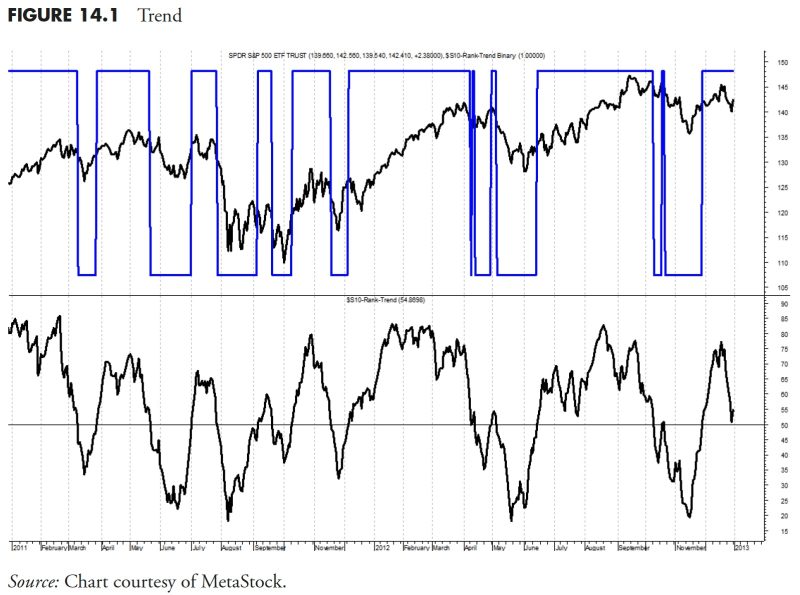In the world of investing, money management is a crucial aspect that can make or break one’s success. Rules-based money management provides a systematic approach to guiding investment decisions, ensuring a disciplined and strategic process is in place. One key component of this approach is security ranking measures, which serve as the foundation for making informed and data-driven investment choices.
Security ranking measures are essential tools used to evaluate and compare the investment potential of different securities. By utilizing specific criteria and metrics, investors can effectively screen and rank securities based on their performance and suitability for investment. This process helps investors identify the most promising opportunities while mitigating potential risks.
One common security ranking measure is the Relative Strength Index (RSI), which measures the momentum of a security’s price movements over a specified period. The RSI is calculated based on the ratio of average gains to average losses, providing insights into whether a security is overbought or oversold. By using the RSI, investors can gauge the strength of a security’s performance and make informed decisions on when to buy or sell.
Another essential security ranking measure is the Sharpe ratio, which evaluates the risk-adjusted return of a security. By considering both the returns and volatility of a security, the Sharpe ratio helps investors assess the potential return relative to the risk involved. A higher Sharpe ratio indicates a more favorable risk-return profile, making it a valuable tool for ranking securities based on their performance and risk levels.
Furthermore, the Moving Average Convergence Divergence (MACD) is a popular security ranking measure that analyzes the relationship between short-term and long-term moving averages of a security’s price. The MACD provides insights into the momentum and trend direction of a security, helping investors identify potential entry and exit points. By incorporating the MACD into their analysis, investors can better understand the price movements of a security and make timely investment decisions.
In addition to these measures, fundamental analysis plays a crucial role in security ranking by evaluating key financial metrics and performance indicators of a security. Factors such as revenue growth, earnings potential, and industry outlook are considered to assess the intrinsic value and growth prospects of a security. By conducting thorough fundamental analysis, investors can gain a deeper understanding of a security’s underlying value and make well-informed investment choices.
Overall, security ranking measures are indispensable tools for investors seeking to optimize their money management strategies. By leveraging these measures effectively, investors can identify high-potential securities, manage risks, and enhance their overall investment performance. Incorporating security ranking measures into a rules-based money management framework can provide a structured and disciplined approach to investment decision-making, ultimately leading to more successful and profitable outcomes in the dynamic world of finance.




























